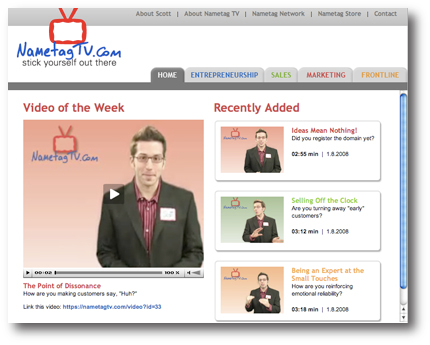 Holiday Season also means Networking Season.
Holiday Season also means Networking Season.
This is a good thing – as long as you’re prepared.
In the next six weeks, you will no doubt run into old friends, colleagues and perhaps ex-spouses.
So, when you’re giving them the update on your world, remember these thirteen ways to network without being a nuisance:
1. Stop asking people, “Do you remember me?” This question immediately makes them feel defensive, embarrassed and on the spot. Plus, you’re setting yourself up to be insulted when they tell you they DON’T remember you. Don’t challenge people’s memories. Odds, are – they don’t remember you. Just tell them who you are. Are your questions making people feel defensive?
2. Speak with passion and people will listen. Find a way to get on the topic of passion. Yours AND the other person’s. Excavate it, then embed people’s passion into the pavement and you will lead the way to meaningful, engaging conversation. Ask Passion Finding Questions (PFQ’s) like, “What keeps you busy when you’re not working?” or “How do you incorporate your passion into your work?” Do you really care what people “do,” or who they ARE?
3. Capitalize on every encounter. That doesn’t mean money. It means identifying what your “currency” is at this particular networking event. Maybe it’s leads. Maybe it’s visibility. Maybe it’s sharing referrals. Maybe it’s capturing emails to build your permission asset. Maybe it’s having fun. Maybe it’s practicing your new elevator speech. Whatever your currency is, there’s always a way to leverage every conversation. What’s your #1 goal at this networking event?
4. Identify why you’re there. Is this an opportunity for you to meet people, or is it an opportunity for them to meet YOU? This simple attitudinal change will alter your business forever. Are you framing your networking brain positively?
5. Be The Observed, not The Observer. Put yourself in a position of value. Lead the conversation. Invite new people to join your table or conversation. Better yet, be the guest speaker or sponsor of the event. You might also consider being a volunteer, people-mover or association leader. All positions of value. All Observable. How could you position yourself in way that people have NO CHOICE but to meet you?
6. Remove the threat of rejection. If you’re afraid of starting conversations with strangers for fear of looking stupid or being rejected, approach people who HAVE to be nice to you. Leaders, volunteers, hosts, bartenders … these encounters are perfect opportunities to achieve small victories that will build your networking confidence. Whom could you speak to without the threat of rejection?
7. Gently introduce, don’t unnecessarily sneak. Get to know people on a personal level FIRST. Lead with your person; follow with your profession. Values before vocation. Individuality before industry. Personality before position. Realness before roles. Then, when the time is right, find a way to gently introduce how you deliver value. Don’t force it. People can tell. What are you leading with?
8. Stop asking people, “So, what do YOU do?” Again, nobody cares. Not to mention, not everyone has a job. Nor are all people defined by their work. Instead, ask questions that enable the person to take the conversation in whatever direction makes them feel comfortable, i.e., “What keeps you busy all week?” “What’s your role here?” “What’s been the best part about your week so far?” What are you assuming about people that might cause Foot In Mouth Disease?
9. Beware of compartmentalization. As much as I love nametags, beware of unconsciously using someone’s nametag to size that person up. Whether they’re a board member, first-timer, president or guest speaker, treat everyone the same. If possible, use hand-written nametags with first names only. That levels the networking playing field. Wait: You ARE wearing a nametag, right?
10. Typing is dangerous. Throw out everything you learned about personality types, learning styles, Meyers Briggs or any of those other ridiculous assessments. They’re worthless. Stop typing people. Typing blocks listening. Instead, harmonize with people. Stop calling them “INTJ’S” or “Extroverts.” They’re just people. That’s it. “Human Being” is the only label that means anything. What mental labels are preventing you from networking effectively?
11. “Identifying” with people is overrated. It’s one thing to discover the common point of interest. It’s another thing to pretend you’re just like the person you just met. SO: Tell the truth. Tell it all. And tell it now. Tell them you’re NOT one of them. Tell them you don’t know the first THING about BEING one of them. Tell them that you know NOTHING about who they are and what they do – but would like to learn. Does your candor and authenticity shine?
12. Friendliness is underrated. I know it sounds dumb, but just be friendly. That doesn’t mean, “be everybody’s friend,” it just means BE FRIENDLY. Friendliness is so rare; it’s become remarkable. Use it. Do it. BE it. In the end, it’s just easier. It actually takes more mental energy to avoid people than to just say hi. How many people did you go out of your way to ignore yesterday?
13. Be The Only. Attend events where you’re the only one of your kind. If you’re a man, go to women’s events. If you’re a salesperson, go to management events. If you’re a doctor, go to accounting events. Not only will people notice you; they’ll also seek you out. After all, you’re an Outsider. Everyone will be interested in hearing your fresh perspective. Sure beats having the same old conversations with the same old people. What out-of-place networking event could you attend to guarantee your memorability?
LET ME ASK YA THIS…
Are you networking without being a nuisance?
LET ME SUGGEST THIS…
For the list called, “26 Ways to Out BRAND Your Competition,” send an email to me, and I’ll send you the list for free!
* * * *
Scott Ginsberg
That Guy with the Nametag
Author, Speaker, Coach, Entrepreneur
[email protected]
Join The Nametag Forums! Share stories, best practices and connect with a like-minded community of business professionals who stick themselves out there!


 Do you remember the first time you were asked out on a date?
Do you remember the first time you were asked out on a date?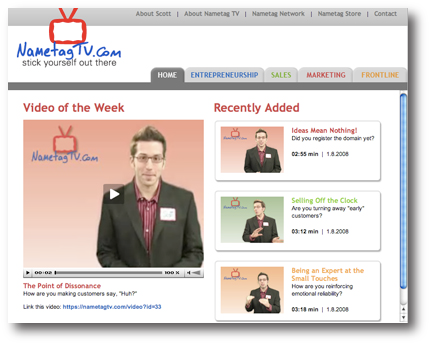
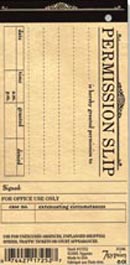 NOTE: be sure to read
NOTE: be sure to read 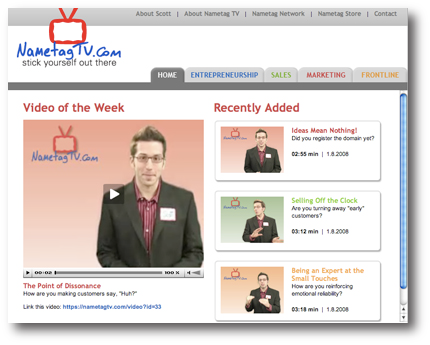
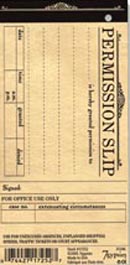 NOTE: be sure to read
NOTE: be sure to read 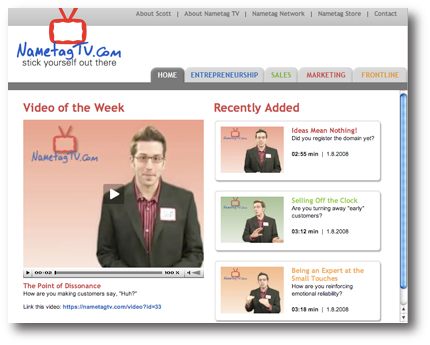
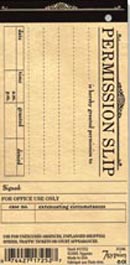 How many people are anticipating your marketing?
How many people are anticipating your marketing?